$2000 camera kit challenge… What would YOU buy?
We gave Chris George a $2000/£2000 budget, to see what kit he would get if he was starting out with no camera gear at all
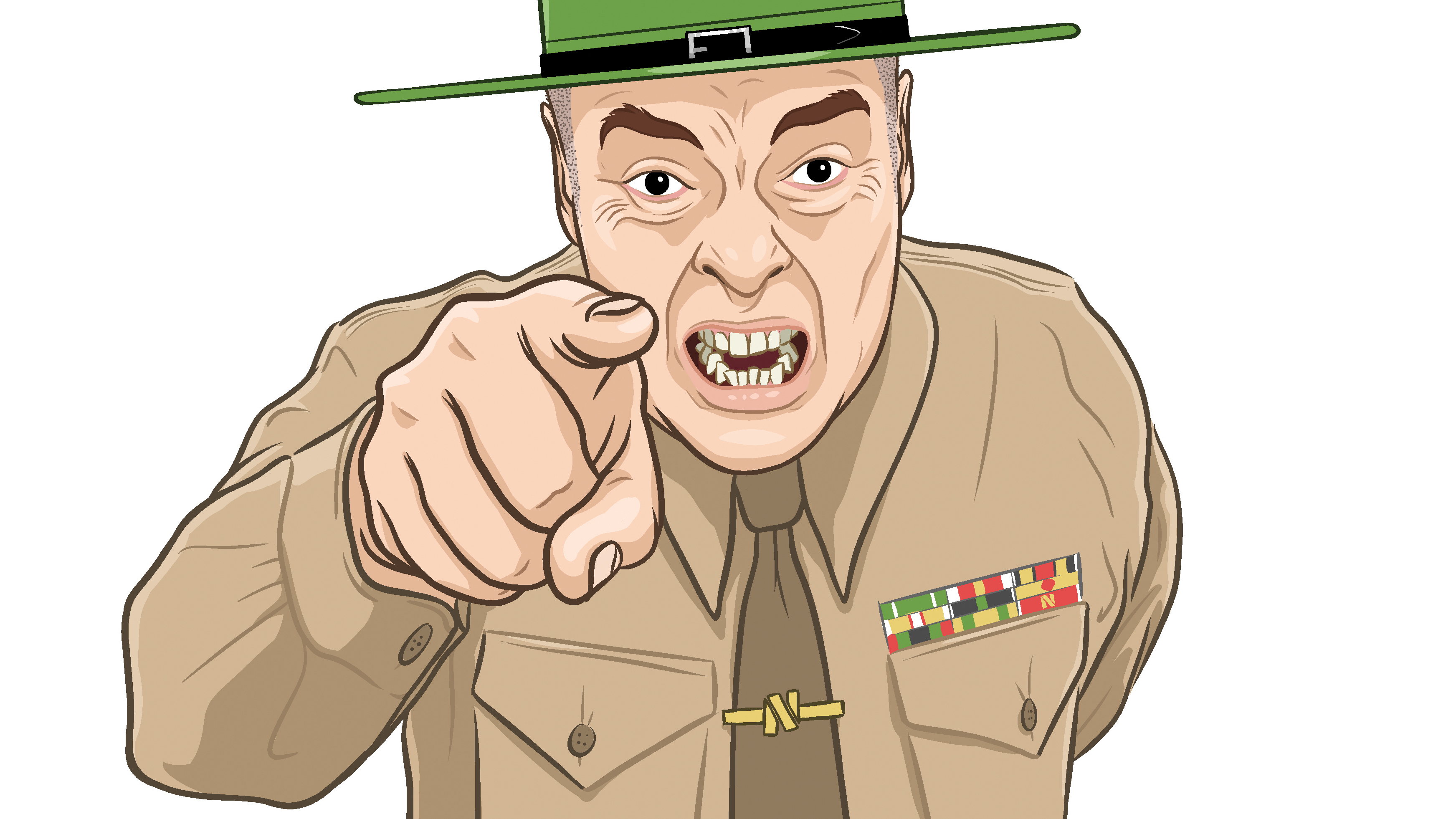
$2000 might sound like a lot of money. But with many of the best mirrorless cameras and best DSLRs costing this before you even buy a lens or a bag, this is not an easy task. Compromises are going to have to be made, to get a complete camera kit that I am going to be happy with.
I'm the Content Director for Digital Camera World and its sister magazines. I have spent over 30 years writing about photography, testing cameras, and trying my best to take half decent pictures. I use several cameras at the moment - but my main system is an ageing Nikon D800 along with an arsenal of serious professional glass. To replace all this loaded kit bag with current models, should I lose it, would cost be over $6000/£6000.
The rules that I have been given for this task are simple:
1) No going over the $2,000/£2,000 budget (well, maybe by 10%, to allow for local price variations)
2) No secondhand kit (which is a shame, as I have often expanded my system in the past with eBay bargains and scouring dealers secondhand departments).
3) No obscure bits of kit. Everything has to be easily available today.
4) I need to buy a full working kit - everything to get me going as a photographer.
So, I am going to have to shop carefully, and make some sacrifices. In the words of the Rolling Stones: “You can’t always get what you want
But if you try sometimes, well, you might find
You get what you need”
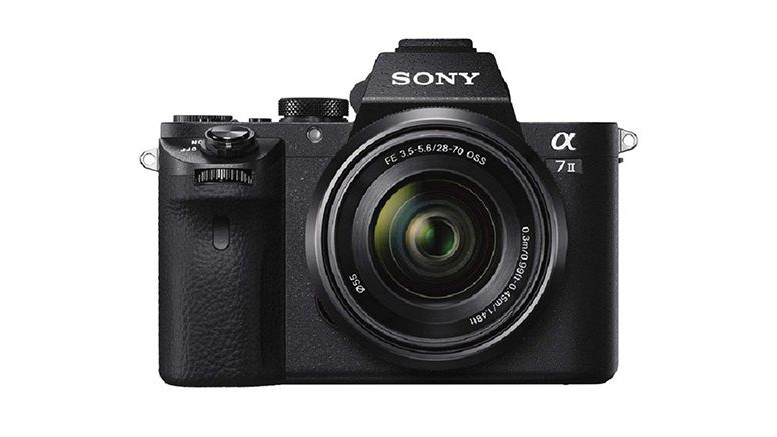
1. Sony A7 II
Why you can trust Digital Camera World
The first choice, and the foundation for my new $2,000 system is the Sony A7 Mark II full-frame mirrorless camera. I decided that I really, really didn't want to go back to using a crop-sensor camera – even though I knew that buying say a Sony A6000 or Nikon D3500 would give me much more spare budget to spend on lenses and accessories. As you will see, I have economized elsewhere to get this camera.
In truth, this camera is an absolute bargain at the moment. I carry a first-generation Sony A7 as my everyday camera (the one that is in my backpack as I walk to work) - and it's a camera that I love (and which is also one of the best cheap cameras around). But right now, the A7 II is practically the same price - and comes with the distinct advantage of in-built image stabilization. This 24MP camera has no right to cost under $1,000 - and as such is my bargain first purchase for my new outfit.
2. Sony 28-70mm f/3.5-5.6 OSS zoom
I did have a romantic notion, that for my new kit I would go back to where I began – using a 50mm f/1.8 as my standard lens, just like when I first got my first Olympus OM10 SLR some 40 years ago. But in truth, my budget did not allow for this in the end. Sony's own FE 28-70mm f/3.5-5.6 OSS standard zoom is just too tempting when bundled up with the Sony A7 II. You would be mad to buy the A7 II body only... Furthermore, I already own this lens – so if I lost all my camera gear tomorrow, I would happily have this again as my everyday standard zoom lens.
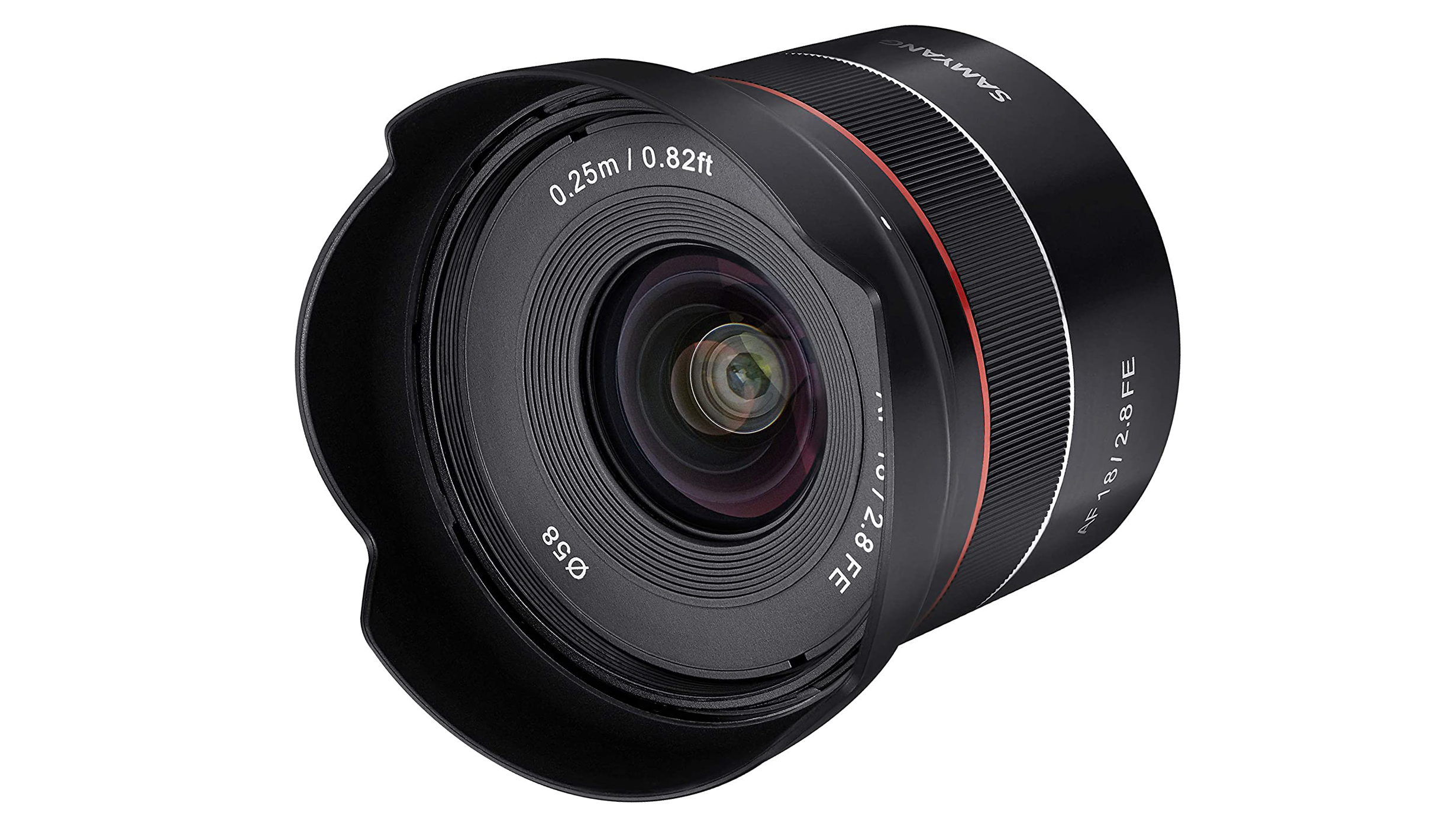
3. Samyang AF 18mm f/2.8
Having blown half my budget on my camera body and kit lens, choosing more glass meant making major economies. I'd have loved a long telephoto lens for bird photography - or a decent macro lens. But the budget would not allow this without making severe compromises elsewhere. So instead, I thought back to the kit I used a a student, where I happily made do with 28mm, 50mm and 200mm primes for a number of years. Could I do something similar today with the rest of my cash?
I love ultra-wide lenses. Not just for architecture and tight spaces, but in order to create images with real depth - where you are forced to work hard at finding a suitable foreground that works with the background. With a 28mm already offered by my zoom - something wider was needed, so a 20mm or wider was what I went shopping for.
In my view, many lenses are just too expensive for lots of people nowadays... and that is why I have great admiration for Samyang that continue to produce innovative and affordable designs. This 18mm gives me the dramatic visual effect I want - and unlike other low-cost rivals comes with the benefit of autofocus.

4. Samyang 135mm f/2 ED UMC
I would have loved to find a long telephoto prime lens - but you just can't find affordable version with 200mm focal lengths or longer any more. This Samyang 135mm f/2, however, provides a decent increase on the 28-70mm - and with the considerable benefit of a really fast f/2 maximum aperture. This again is a lens I would use for visual effect - for beautifully blurred background, and isolating subjects from their surroundings. Sure, there are sharper lenses for bokeh out there - but at this price I am happy to work at getting the best performance I can out of this bargain lens. Sure, it doesn't have autofocus – but I can use focus peaking on the Sony A7 II to guide me to getting the right bits of the frame acceptable sharp.
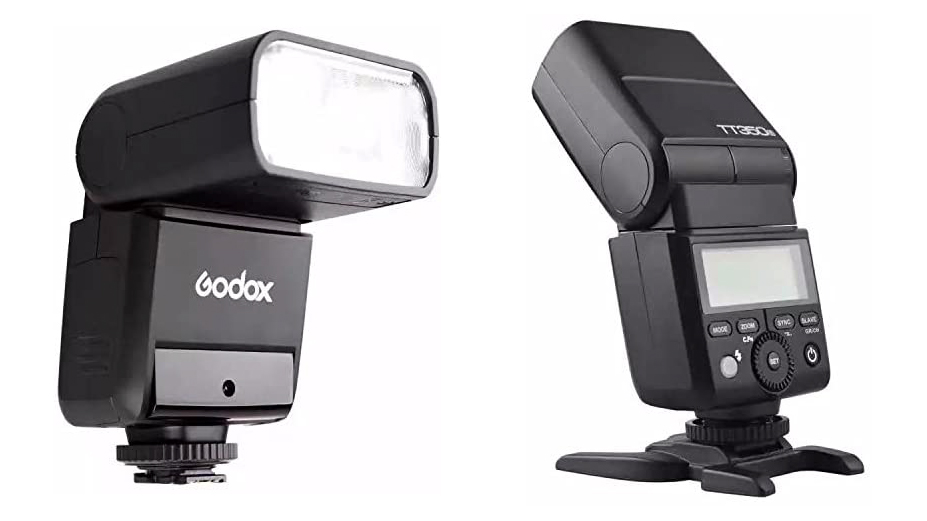
5. Godox TT350s
With my camera and three lenses, I now have a great system for creative photography. But I still don't have any accessories. A next obvious purchase might be a tripod, but to be honest I don't really like tripods - only using them when I really have to, so that is something that I will put on a future wishlist. Unlike lots of photographers, I do rather like using flash... usually as fill to increase or decrease contrast in the foreground. And as the A7 II doesn't even have a pop-up strobe, I do feel the need for a modestly-priced flashgun. This Godox does the trick. With a Guide number of 36 (m/ISO100), and a tilting/zooming/rotating head it has everything I need. It offers TTL convenience with the Sony - but full manual control, with settings dropping down to a useful 1/128 power output. And there is HSS control to - which will come in useful when using the 135mm at f/2 in bright conditions. But the best price (at this price) is the built-in radio trigger...
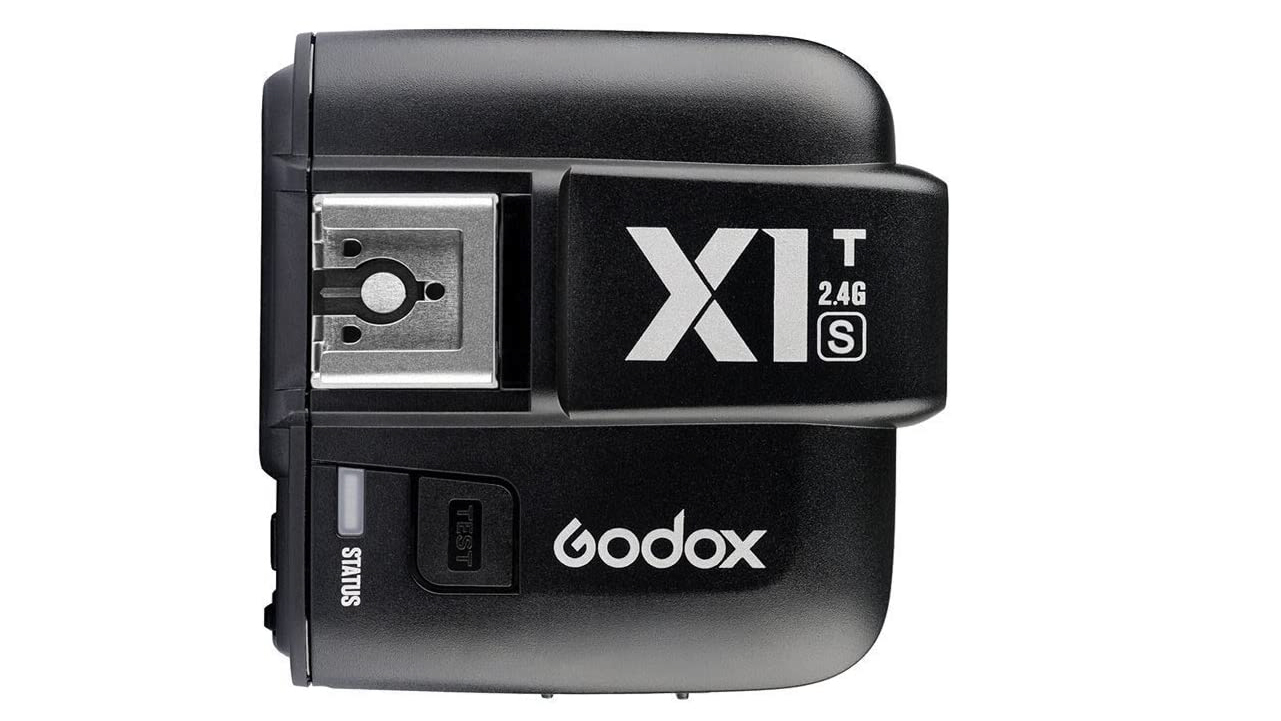
6. Godox X1R-S
I used wired set-ups for off-camera flash for years... but there is nothing like the flexibility of a fully wireless flash system. And nowadays, this can actually be cheaper than using cables. The Godox TT350s flashgun has wireless control - but to make use of this, you need to buy a wireless flash trigger, like this one, that slots on the Sony hotshoe. The Godox TT350s and Godox X1R-S can often be found being sold as a pair – making them even more affordable for the would-be strobist.
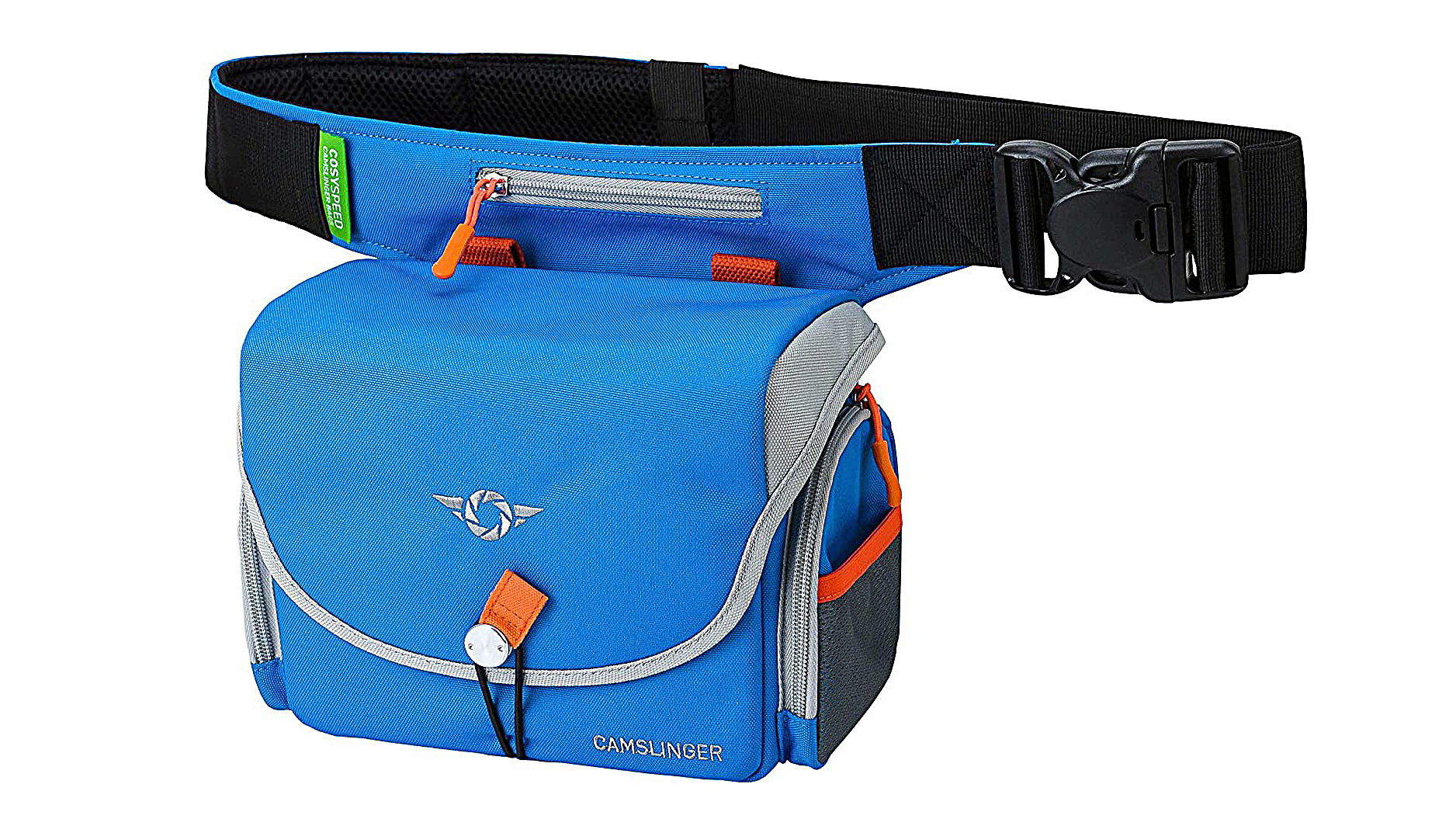
7. Cosyspeed Camslinger
I did wonder if I could get away with just using my work backpack for all my new gear – but in reality that would never work. I first saw this Cosyspeed belt bag at The Photography Show last year, and have been meaning to buy one ever since. It's small size will be a great change from the huge bags and backpacks I am used to – and the belt support should be kinder on my back.
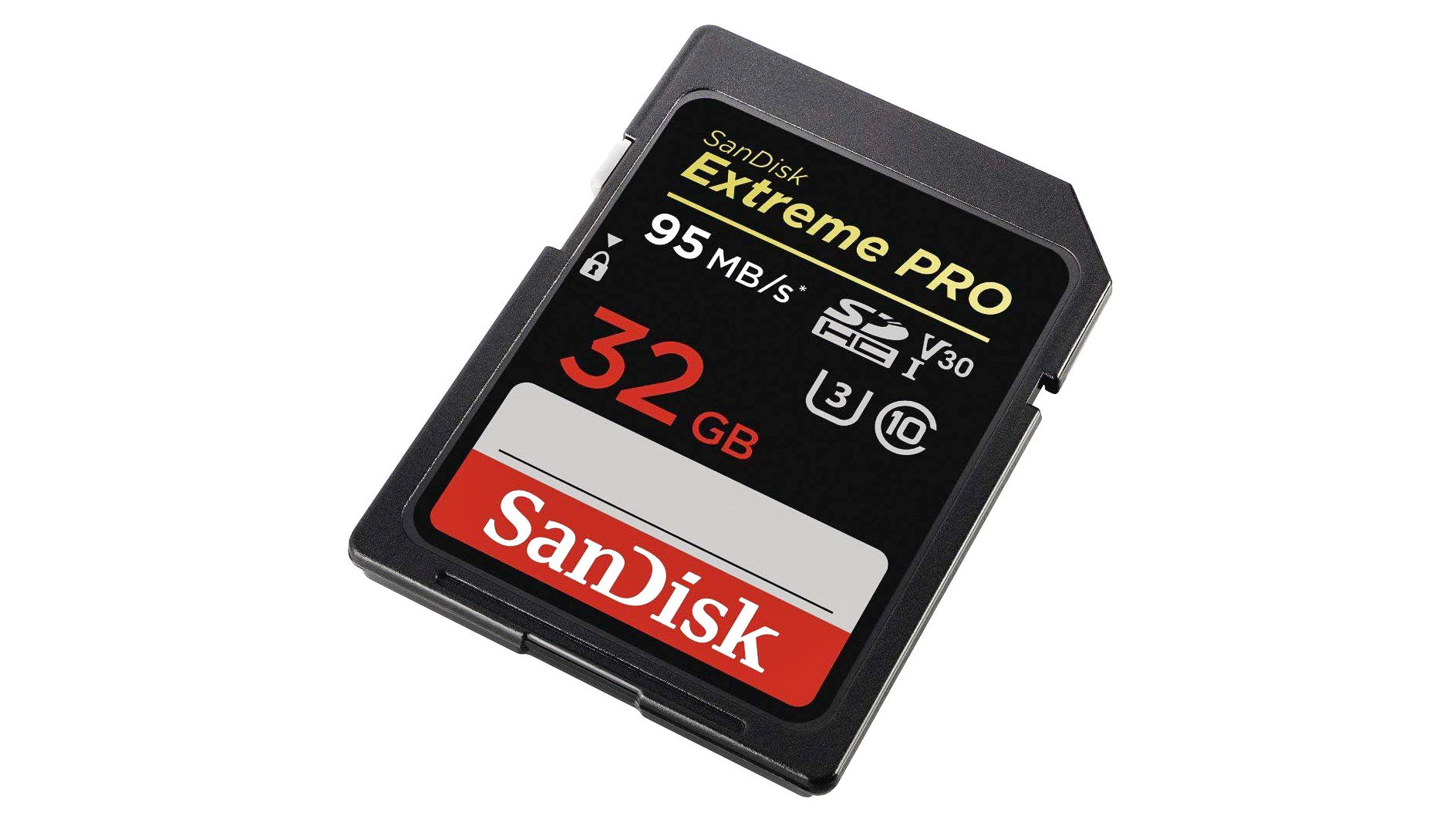
8. SanDisk 32GB Extreme PRO SDXC UHS-I card
Almost forgot this... Sadly nearly every camera you buy has one vital accessory that you need to get going, that does not come as part of the package. I currently have dozens of memory cards of different capacities and speeds (and format)... but the SanDisk Extreme Pro range is a pretty good place to start. And fortunately I reckon I just have enough budget to buy a 32GB card to get me off taking pictures with my new $2,000 camera kit.
But what would YOU buy?
That’s it. I’ve used up my theoretical $2,000/£2,000 budget – and coming something that didn't stretch the budget was no easy feat. But I think that with a great full-frame mirrorless camera at its heart (bought at a price that is, quite frankly, too good to be true) makes for a system that I would really relish using.
Others in this series:
$5,000 camera kit challenge… What would YOU buy?
$1,000 camera kit challenge… What would YOU buy?
$500 camera kit challenge… What would YOU buy?
Get the Digital Camera World Newsletter
The best camera deals, reviews, product advice, and unmissable photography news, direct to your inbox!
Chris George has worked on Digital Camera World since its launch in 2017. He has been writing about photography, mobile phones, video making and technology for over 30 years – and has edited numerous magazines including PhotoPlus, N-Photo, Digital Camera, Video Camera, and Professional Photography.
His first serious camera was the iconic Olympus OM10, with which he won the title of Young Photographer of the Year - long before the advent of autofocus and memory cards. Today he uses a Nikon D800, a Fujifilm X-T1, a Sony A7, and his iPhone 15 Pro Max.
He has written about technology for countless publications and websites including The Sunday Times Magazine, The Daily Telegraph, Dorling Kindersley, What Cellphone, T3 and Techradar.

